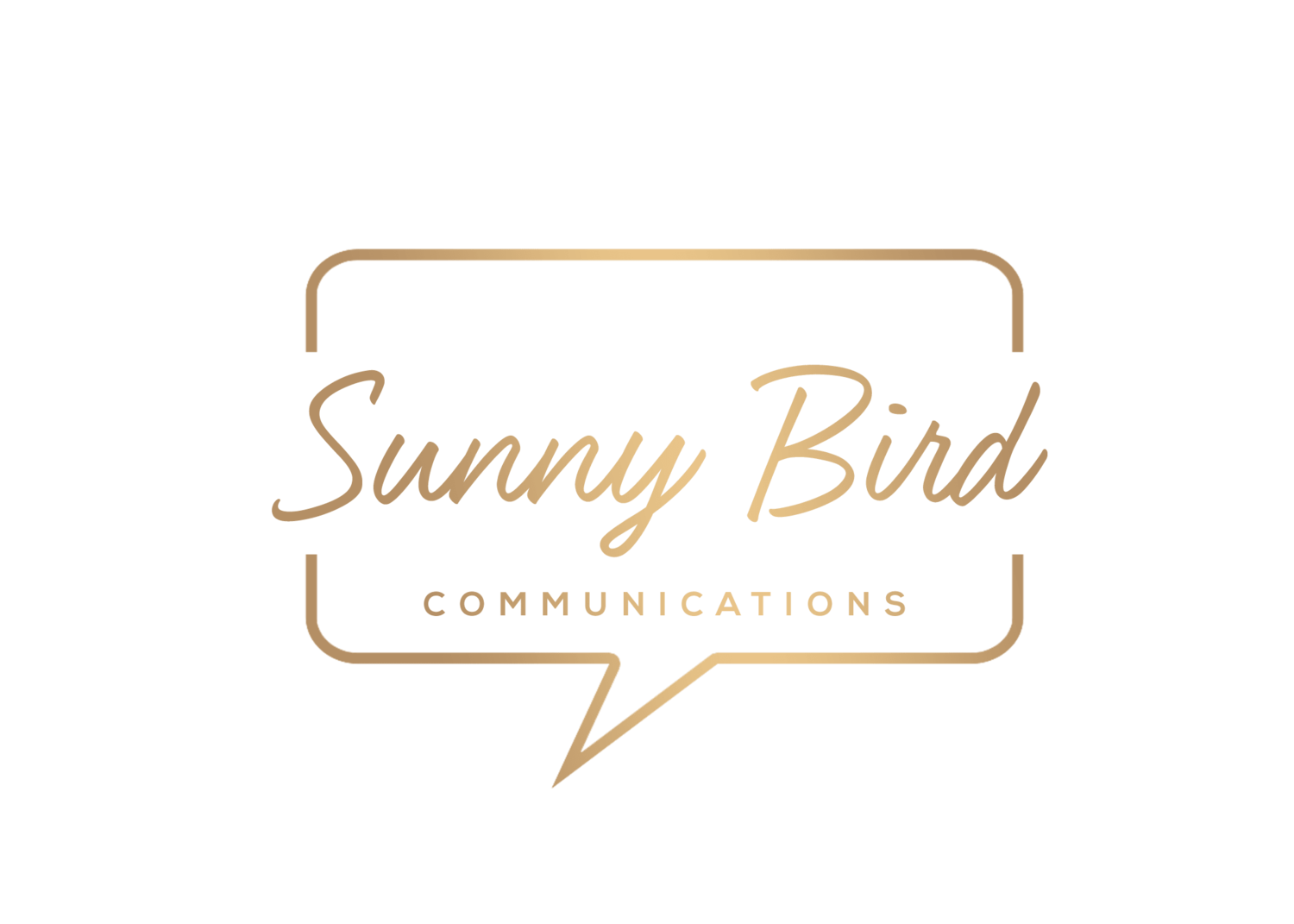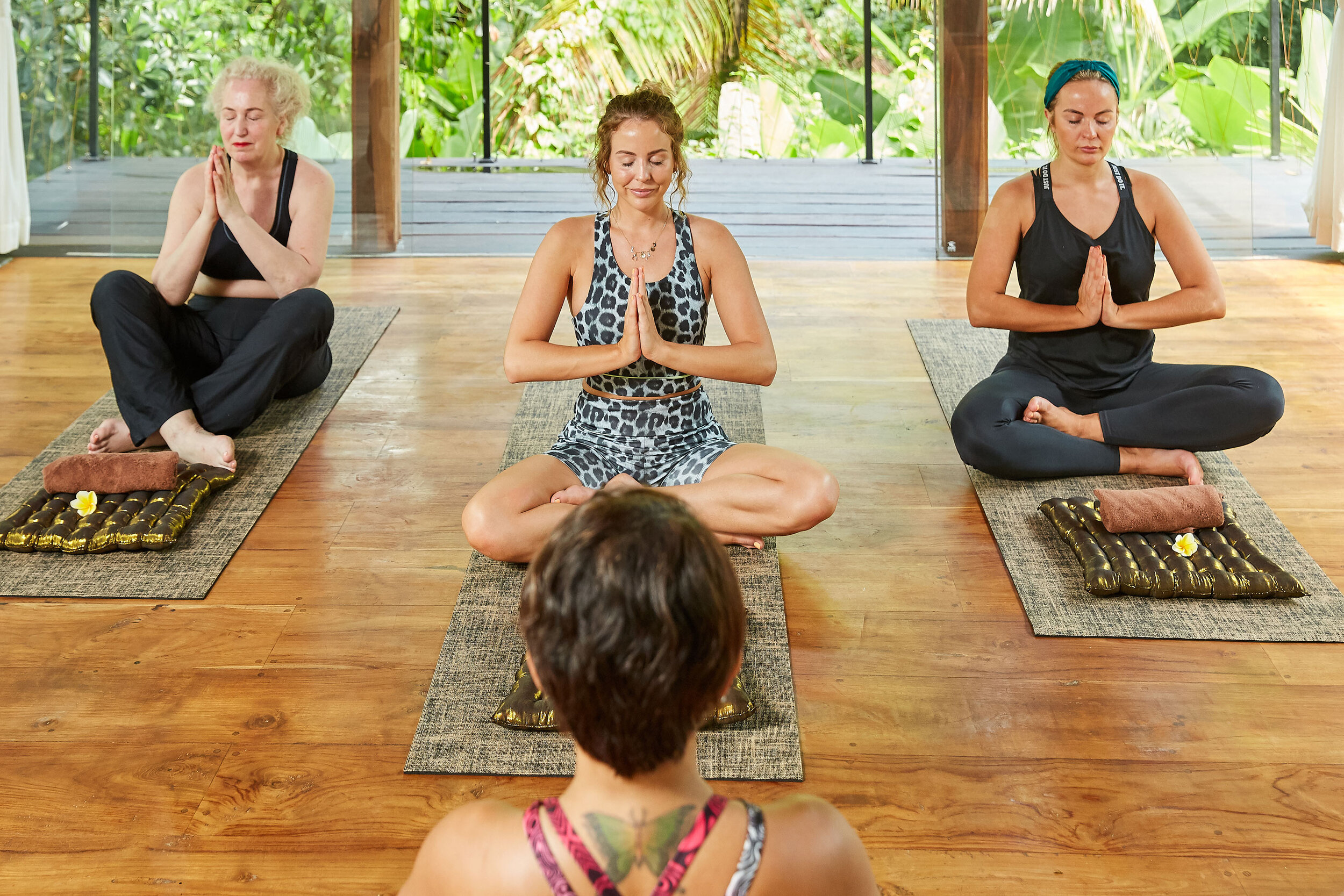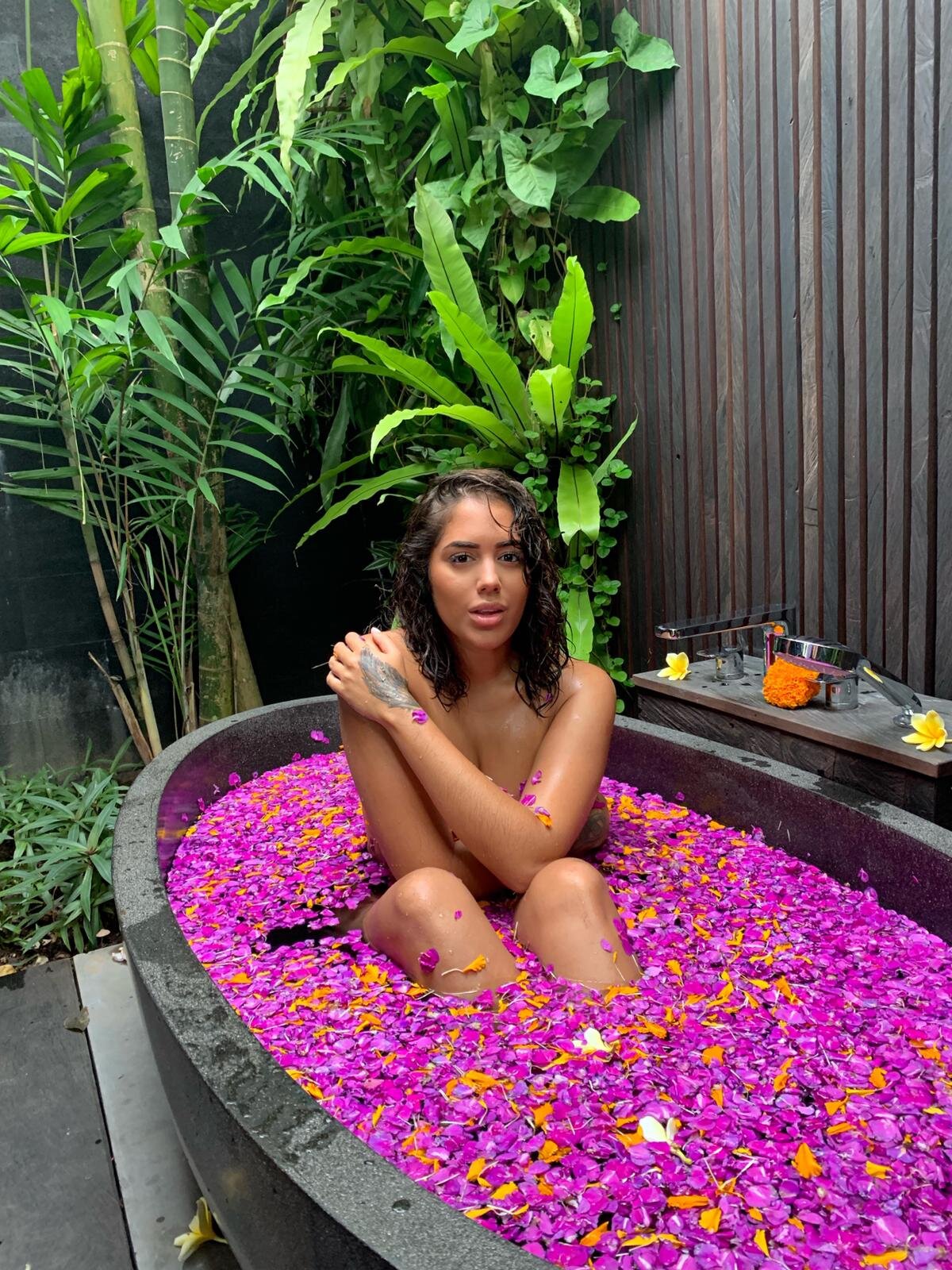In this blog post you will learn all about case studies. What they are, how they can help your business and how to find them.
What is a case study?
Case studies are people. People who have tried out, can vouch for or speak about your brand, product or service in a positive and interesting way. Journalists love them because they add the sparkle of human interest to even the most mundane story, helping the reader engage with the piece. Case studies can elevate even the most seemingly boring business. Putting a person with a compelling story behind a product makes the brand more relatable to the consumer and to a journalist. It’s important to have a case study ready to go when contacting journalists, it will look unprofessional and probably annoy the journalist if you say you have one and then don’t get back to them with it pronto!
Where do I find a case study?
Case studies can be people who:
a. Already use or buy your product or service.
b. Could be interested in using your product or service.
If they are already a customer you should be able to contact them via your existing customer database, but if you don’t already have something established you could reach them via your website. Do you have people who are already leaving testimonials on your website or through social media? Could you add a button onsite or a link to your blog asking for people who would be happy to talk about your product or brand?
Alternatively use your own social media feed to reach out and ask. It’s a good idea to create a bank of case studies, you never know when the right opportunity may come up in the media to pitch your case studies out.
Will I need to get them photographed?
There’s no doubt that a good photo can help a case study get placed, but in general editors will want a clear head-shot in the initial stages and will then arrange for further photography if they need it, so there’s no need to pay out on an expensive shoot. However, it is important to send relevant photography to the journalist. For example, If yours is a service or product in the health, diet, fitness or wellness industry where a ‘before’ and ‘after’ shot will be helpful, then you should absolutely ensure you have close ups and full body shots of your case study before pitching to an editor.
Dos and don’ts:
ALWAYS ensure you have the case study’s full permission in writing before proceeding. They might have agreed to have their story featured but want to remain anonymous, so you could request a name change. They may want parts of their personal details, such as the names of their children left out or they may or may not agree to a photograph being used. You should ensure you detail exactly what is expected of them and get them to agree in a signed, dated agreement.
ALWAYS ensure all parties involved in a feature give consent.
ALWAYS be extra careful when children are involved, to get the signed consent of all parents and or guardians involved in the child’s care.
ALWAYS ensure the case study is happy to be photographed. Journalists almost always require the case study to be identified, so ensure the case study is happy with that.
NEVER place a case study with more than one rival title. Editors hate to see identical or similar copy popping up in the competition as it devalues their content. You should avoid offering a case study to rival titles at the same time and state if a rival title has previously featured it.
NEVER ignore a journalist’s calls if a case study you have put forward lets you down or changes their mind. Let the journalist know as soon as possible and offer to help find someone else in order to maintain a good relationship.
At Sunny Bird PR we use case studies with pretty much all our clients. Whether that be for a domestic abuse charity, The Hampton Trust or for Just Shutters, a plantation window shutter company. Case studies have helped to propel our clients into the press with real life stories.
If you would like to find out more how case studies could work for you and how to do your own PR, you can book onto our PR and Publicity Course on the 29th November at our Bournemouth offices - Sunny Bird PR, The Garden Studio, Pine Grange, Bath Road, Bournemouth, BH1 2PF








